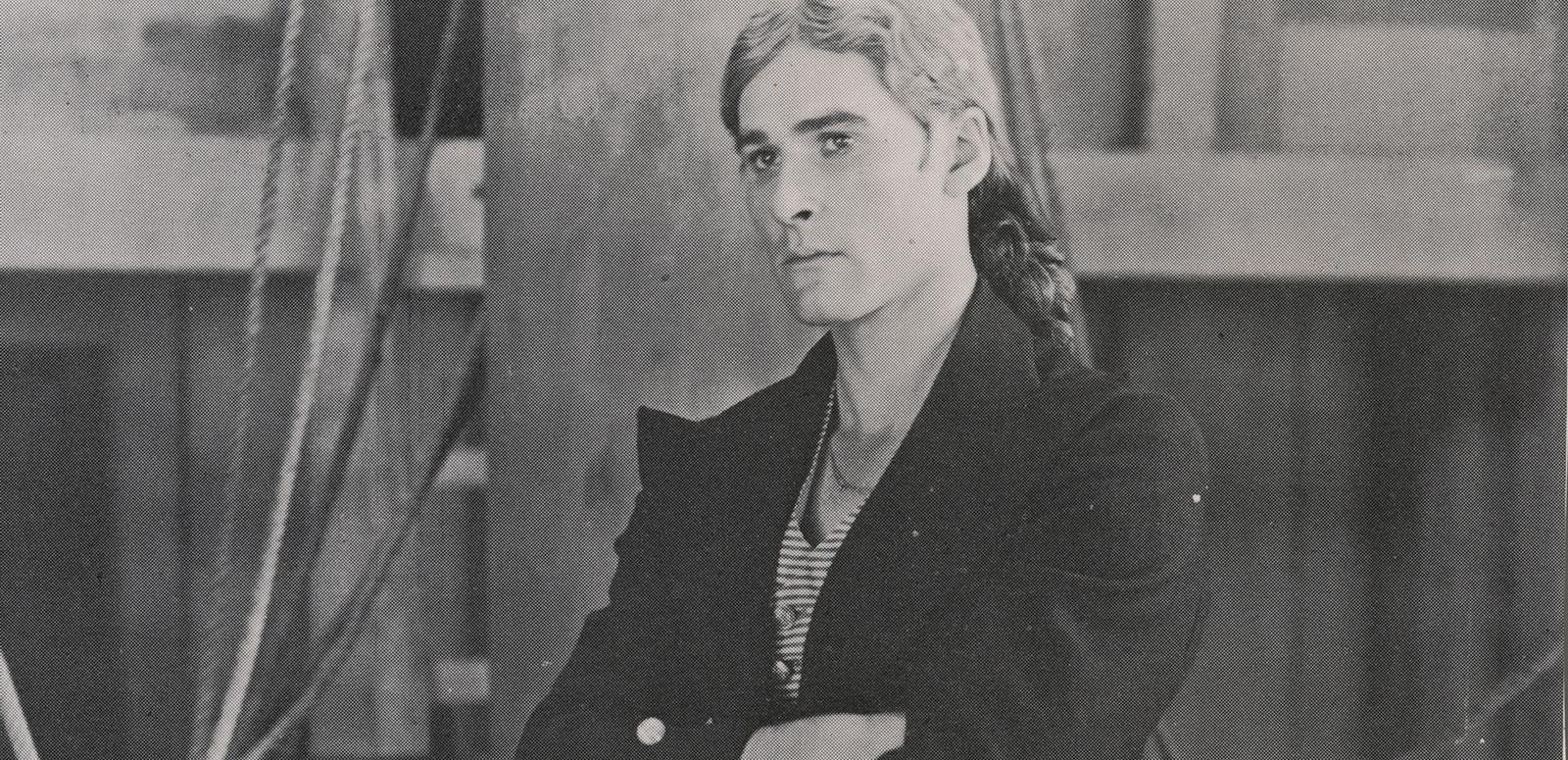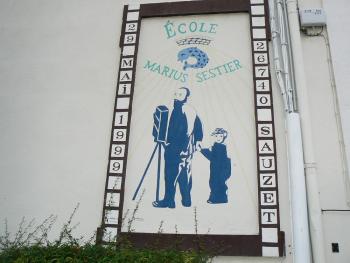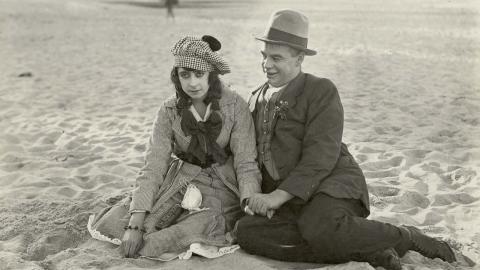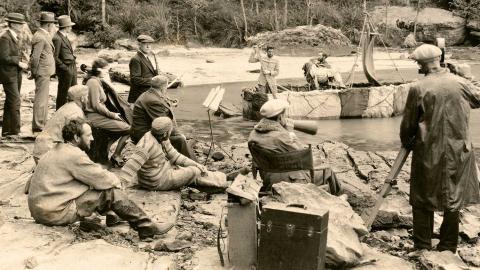

Australia's cinema heritage
Europe celebrated its 120th anniversary of Cinema in 2015, discretely in local and national ways. This has prompted me to consider what might occur around Australia next year, as cinema could be said to have begun in Australia on Monday 17 August 1896. That was the moment when Carl Hertz presented films at Harry Rickards’ Tivoli Theatre in Melbourne. As this 120th anniversary creeps up on us, let’s take a moment to consider how Australians recognise their cinema heritage. I’m not talking about our cultural institutions, but towns, cities, community groups and individuals around the country. Does the national – or even local – cinema heritage register on their calendar?
It all started this past September, when the French regional film festival L’Ecrit a L’Ecran invited the NFSA to attend and participate. The festival, which takes place in Montelimar during Patrimoine, the important French national heritage week, was responsible for the organisation of an exhibition on local national Marius Sestier. Sestier – who arrived in Australia from France in 1896, and successfully made Australia’s first local films which were screened internationally – was born in the nearby town of Sauzet. Sauzet has long recognised Sestier as significant to them for his accomplishments and have worked him into the fabric of their town. In 1979, when the French government called for all municipal councils to rename local institutions after significant inhabitants Sauzet renamed the primary school as École Marius Sestier.
The aim of L’Ecrit a L’Ecran ’s founders Alain Choquart and Vanessa Lhoste, two of France’s top names in film and television, is to offer to the population of the beautiful medieval town of Montelimar and its district new and innovative cinema, retrospectives and cinema classics.

Choquart is passionate about recognising the impact of cinema on the world and took the opportunity to bring France and Australia together. For the exhibition Sauzet’s old cinema Le Trianon was reopened. As you entered, a wall of images of old Sauzet captured your attention. To the right along the length of the hall the NFSA’s Exhibition, in French and English, was mounted. On the left hand side was a display of early projectors and other cinema apparatus lent by a local collector. At different times Sestier’s films, lent by L’Institute Lumiere in Lyon, were screened and narrated to fascinated audiences.
The aim of the exhibition was to engage both adults and children to realise that they were linked to the international impact of Sestier and the Cinematographe Lumiere, to the global phenomenon of the earliest cinema. The students of École Marius Sestier were made familiar with the magic of Sestier’s films with a demonstration of how to make sound effects for silent films. The children were delighted and through personal participation immediately bonded with not only their compatriot but with cinema heritage. Who knows how this will evolve for those who participated?
All this has made me ponder how Australians recognise local film heritage. Of course there are major film festival retrospectives, the recent celebration of David Gulpilil at Melbourne International Film Festival a prime example. But is there a more local level?
Outside the Adelaide Theatre there is a tribute to locally born and internationally famous theatrical and film star Dame Judith Anderson. Director Gillian Armstrong, born in Mitcham Victoria, has been listed in the Heritage Gallery of Vermont High School and a little ironically, her brother organised a screening of her latest film Women He’s Undressed – the story of Orry Kelly, an unsung Australian working in Hollywood. The Tasmanian Theatre Awards are known as “The Errols” in celebration of Errol Flynn, and Broken Hill proudly proclaims its history as a location for many films. Toowoomba in Queensland proudly promotes Charles Chauvel and his grandson Ric Chauvel Carlsson until recently ran Ric’s Flicks. In Launceston early 20th century theatrical and film touring Corrick Family is hailed as a local and international success.
So there are indeed local celebrations of Australia’s screen legends, but could this spread wider? So many Australians worked who overseas are invisible to us but as household names they entertained us and the world (Read this article by Jeannette Delamoir on Australians in Hollywood 1915-1925).
For instance, would Orange recognise silent film star Billy Bevan, or the suburb of Balmain have a Leon Errol festival? Why not a retrospective of the Melbourne actress who rose to fame in Laurel and Hardy films, Annie Mae Busch? For instance the fellow who leads the crowd in the mob scene in the 1931 Frankenstein is, yep, Australian. Would Tamworth recognise the Ison family who filmed local events to screen in their cinema? Similarly in Grenfell, the local cinema owner produced local fictional films to thrill his audiences. Why not a Lazenby Room at Queanbeyan’s Q Theatre to recognise local George Lazenby Australia’s James Bond? Cinema is such a part of what we do and who we are, and it’s right in our neighbourhood!
But where in Australia has an individual person with links to the silver screen been meshed into the local community matrix as Sauzet has done with Marius Sestier? I’m not sure if I’m throwing out a challenge but I would love to hear from those who might be preparing something or who already acknowledge their local cinema heritage.
The National Film and Sound Archive of Australia acknowledges Australia’s Aboriginal and Torres Strait Islander peoples as the Traditional Custodians of the land on which we work and live and gives respect to their Elders both past and present.


